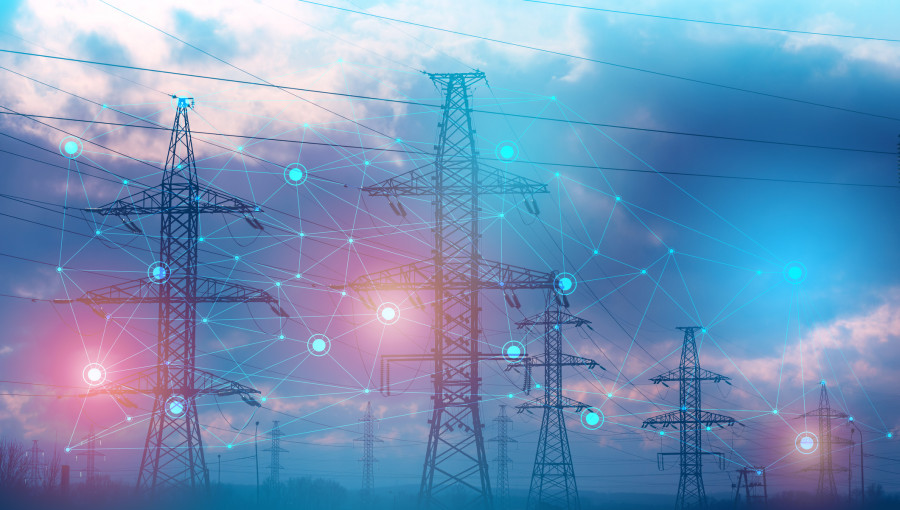While the immense energy consumption of artificial intelligence is a growing concern, the technology itself offers powerful solutions to accelerate the global transition to clean energy. AI is already being deployed to enhance the efficiency of power grids, enabling better integration of renewable sources like wind and solar. Beyond real-time operations, it is proving instrumental in planning future energy infrastructure and dramatically speeding up the discovery of advanced materials for batteries, solar cells, and next-generation reactors, potentially revolutionizing the pace of innovation in the sustainable energy sector.
The increasing demand from power-hungry data centers built to support artificial intelligence poses a significant challenge, with the potential to strain electricity grids and hinder the shift away from fossil fuels. However, AI is also emerging as a critical tool for achieving a cleaner energy future. Its applications span from reducing energy use in buildings and transportation to optimizing the placement of new wind and solar farms. For the complex electrical grid, AI algorithms are enhancing operational efficiency, cutting costs, and improving the integration of a growing share of renewables.
A key area where AI is making an impact is in the real-time control of grid operations. Historically, grid operators matched a predictable supply from large power plants with fluctuating, yet generally foreseeable, consumer demand. The modern grid, however, is far more complex, with intermittent power from numerous smaller solar and wind installations and growing threats from extreme weather. Anuradha Annaswamy, a senior research scientist at MIT, explains that an entirely new “information infrastructure” is needed to complement the physical grid, and AI is central to that. AI systems can forecast energy needs within hours, ensuring that supply and demand are balanced instantaneously to maintain grid stability.
Furthermore, AI enables a more dynamic and responsive energy system. It can manage demand by sending price signals to electric vehicle owners, encouraging them to charge during off-peak hours, or by adjusting smart thermostats within a customer-defined range to reduce strain during peak periods. Even data centers can offer demand flexibility by deferring certain computational tasks. Another vital function is predictive maintenance; by analyzing performance data, AI can anticipate equipment failures in the grid, allowing for proactive repairs that prevent costly downtime and potential blackouts.
Looking to the future, AI is transforming how long-term investments in energy infrastructure are planned. According to MIT Energy Initiative research scientist Deepjyoti Deka, planning new generation, storage, and transmission capacity is a complicated process that requires forecasting needs more than a decade in advance. This task is made more difficult by the unpredictability of renewables and the increasing frequency of climate-related events like hurricanes and wildfires. AI can analyze vast datasets to model future scenarios, helping planners design a grid that is both reliable and resilient. The technology can also accelerate the cumbersome regulatory approval process by quickly performing impact analyses and searching through regulations to ensure compliance.
Perhaps one of the most transformative applications of AI is in the field of materials science. Ju Li, an MIT professor of power engineering, notes that AI is accelerating the discovery of novel materials crucial for the energy transition. It achieves this by running faster physics-based simulations at the atomic level and by guiding laboratory experiments in real time. In practice, an AI can analyze existing research, suggest new experiments to a human scientist, and then direct a robotic system to synthesize and test the proposed material. This interactive learning process, Li suggests, could shorten the material discovery timeline from decades to just a few years, providing a critical boost to the development of better batteries, nuclear reactors, and other clean energy technologies.

